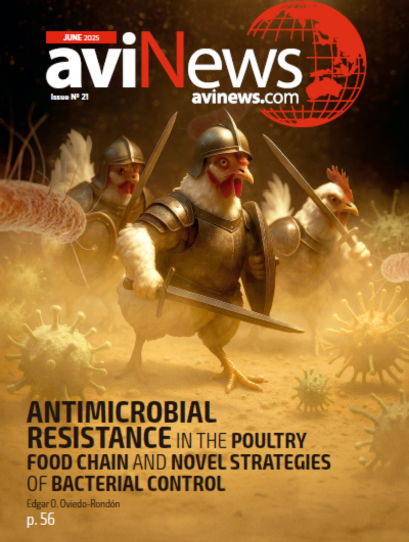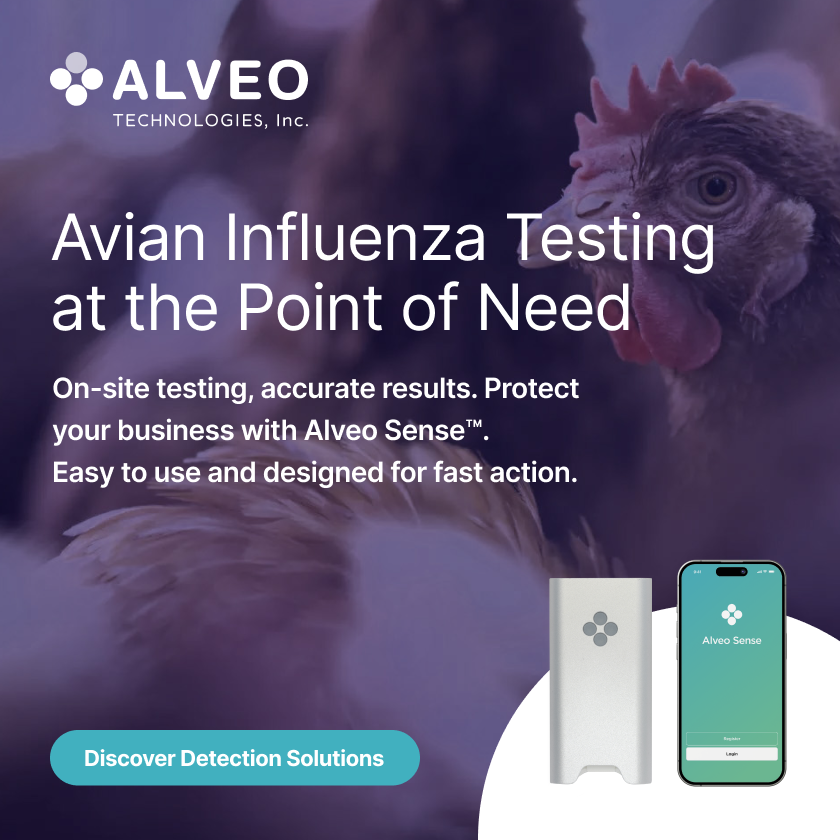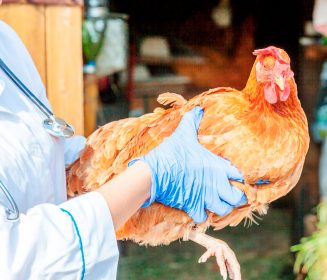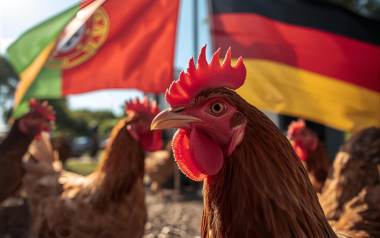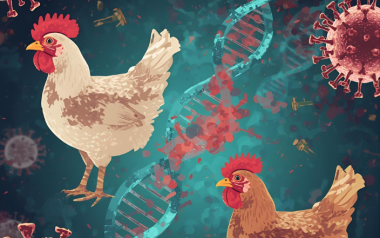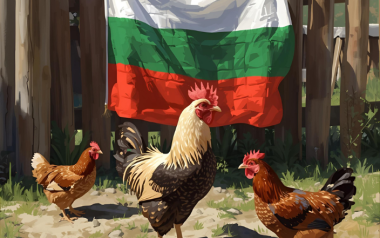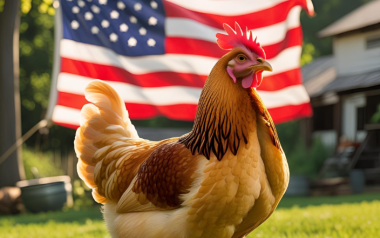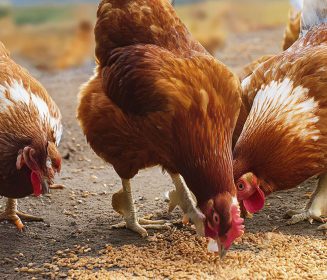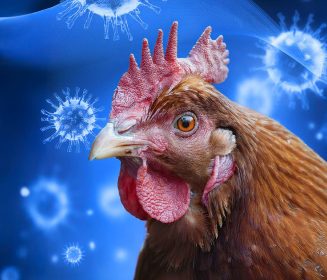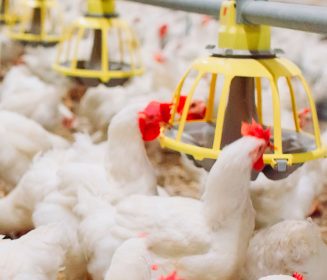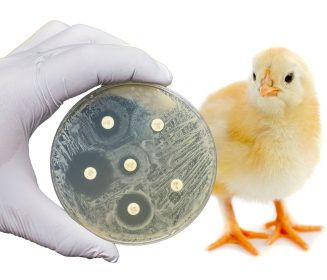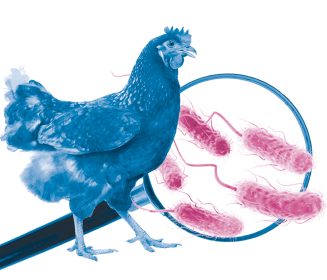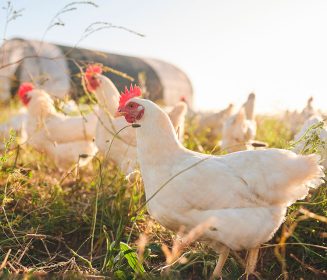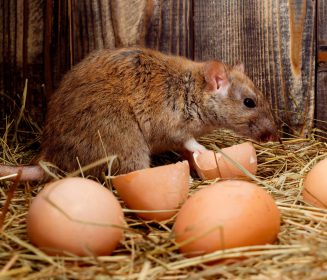Sources: Available upon request
11 Feb 2025
New York faces Avian Influenza outbreak
New York is currently grappling with a significant outbreak of avian influenza, commonly known as bird flu. This highly contagious viral disease affects both wild and domestic birds, and it has raised considerable concern among public health officials and the agricultural community.
New York is currently grappling with a significant outbreak of avian influenza, commonly known as bird flu. This highly contagious viral disease affects both wild and domestic birds, and it has raised considerable concern among public health officials and the agricultural community.
The outbreak
The outbreak was first detected in late January 2025, when several cases were reported in wild bird populations across the state. Since then, the virus has spread to domestic poultry farms, leading to the culling of thousands of birds to prevent further transmission. The New York State Department of Agriculture and Markets has been working tirelessly to contain the outbreak and minimize its impact on the poultry industry.
Impact on poultry industry
The avian influenza outbreak has had a profound impact on New York’s poultry industry. Farmers have faced significant economic losses due to the mandatory culling of infected and at-risk birds. The state government has pledged financial assistance to affected farmers, but the long-term economic repercussions remain uncertain. Additionally, there are concerns about potential disruptions to the supply chain, which could lead to higher prices for poultry products.
Public health concerns
While avian influenza primarily affects birds, there is a risk of transmission to humans, particularly those who have close contact with infected birds. The New York State Department of Health has issued guidelines to protect individuals working in the poultry industry and those who may come into contact with wild birds. These guidelines include wearing protective clothing, practicing good hygiene, and reporting any signs of illness in birds.
Preventive measures
To combat the spread of avian influenza, several preventive measures have been implemented. These include increased surveillance of wild and domestic bird populations, strict biosecurity protocols on poultry farms, and public awareness campaigns to educate the public about the risks and symptoms of avian influenza. The state government is also collaborating with federal agencies and neighboring states to coordinate efforts and share information.
Looking ahead
The avian influenza outbreak in New York serves as a reminder of the importance of vigilance and preparedness in managing infectious diseases. While the immediate focus is on containing the current outbreak, long-term strategies are needed to prevent future occurrences. This includes ongoing research into vaccines and treatments for avian influenza, as well as strengthening biosecurity measures across the poultry industry.
In conclusion, New York’s response to the avian influenza outbreak highlights the challenges and complexities of managing a highly contagious disease. Through coordinated efforts and proactive measures, the state aims to protect both public health and the poultry industry from the devastating effects of avian influenza.

